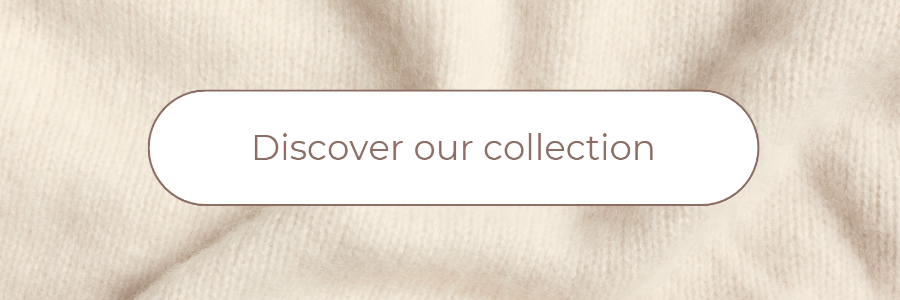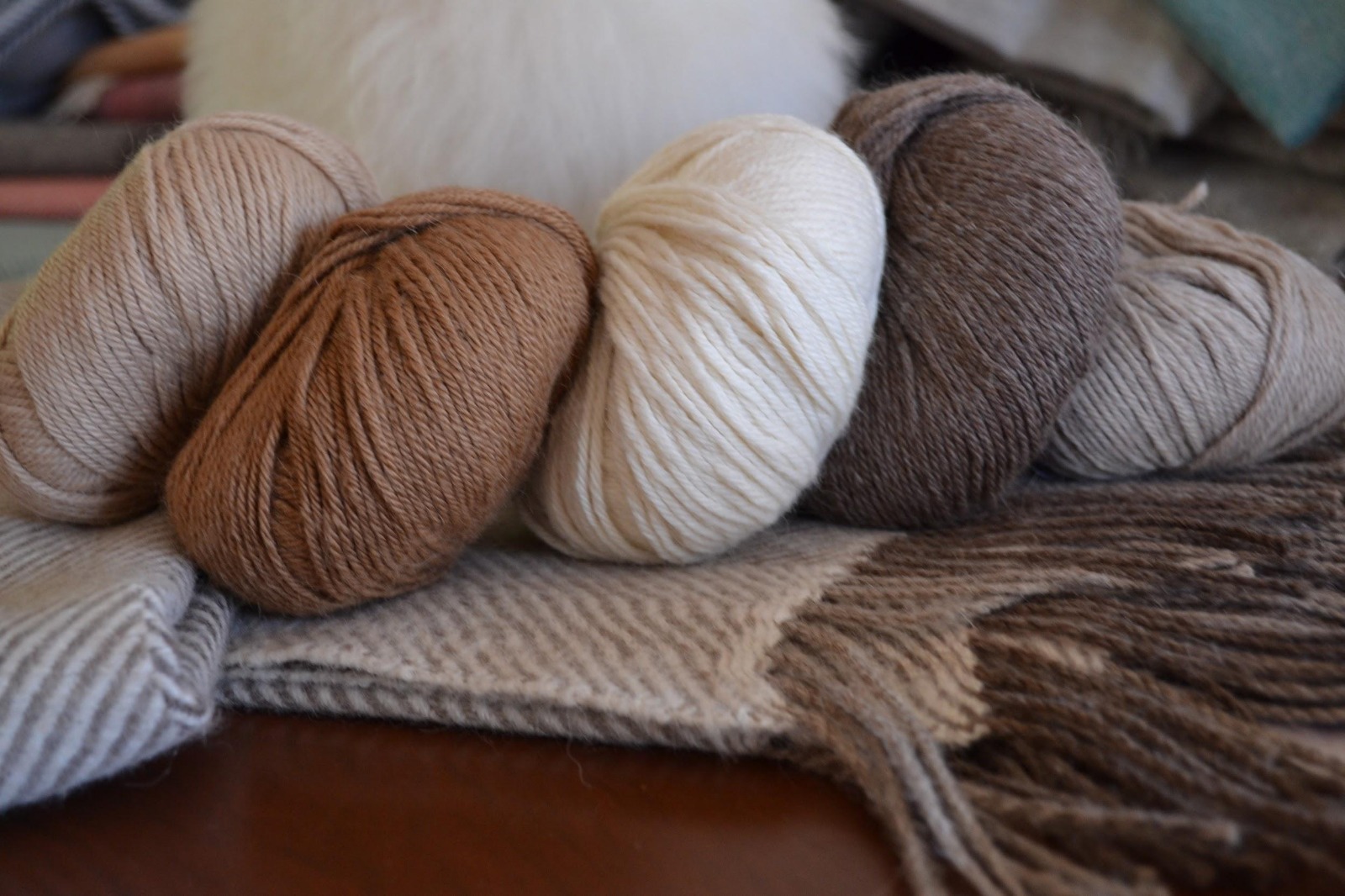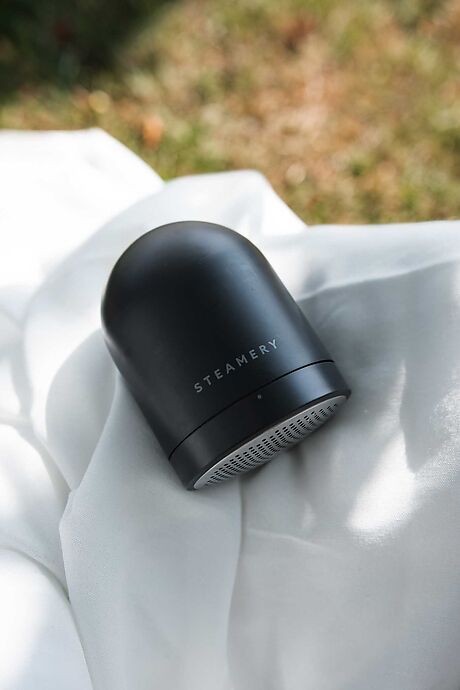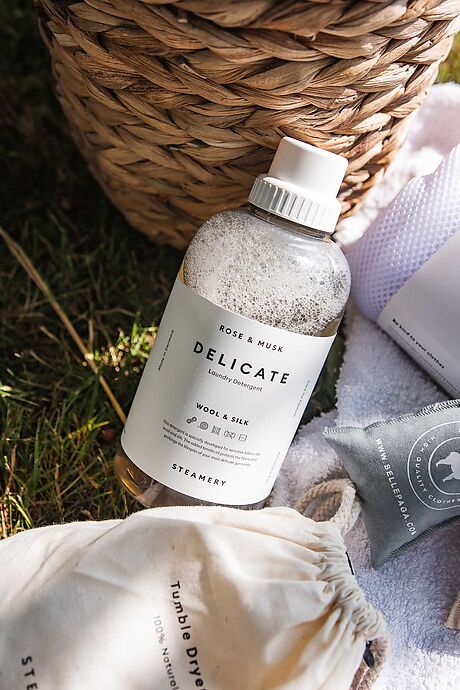How to remove the pilling ?
No more pilling !
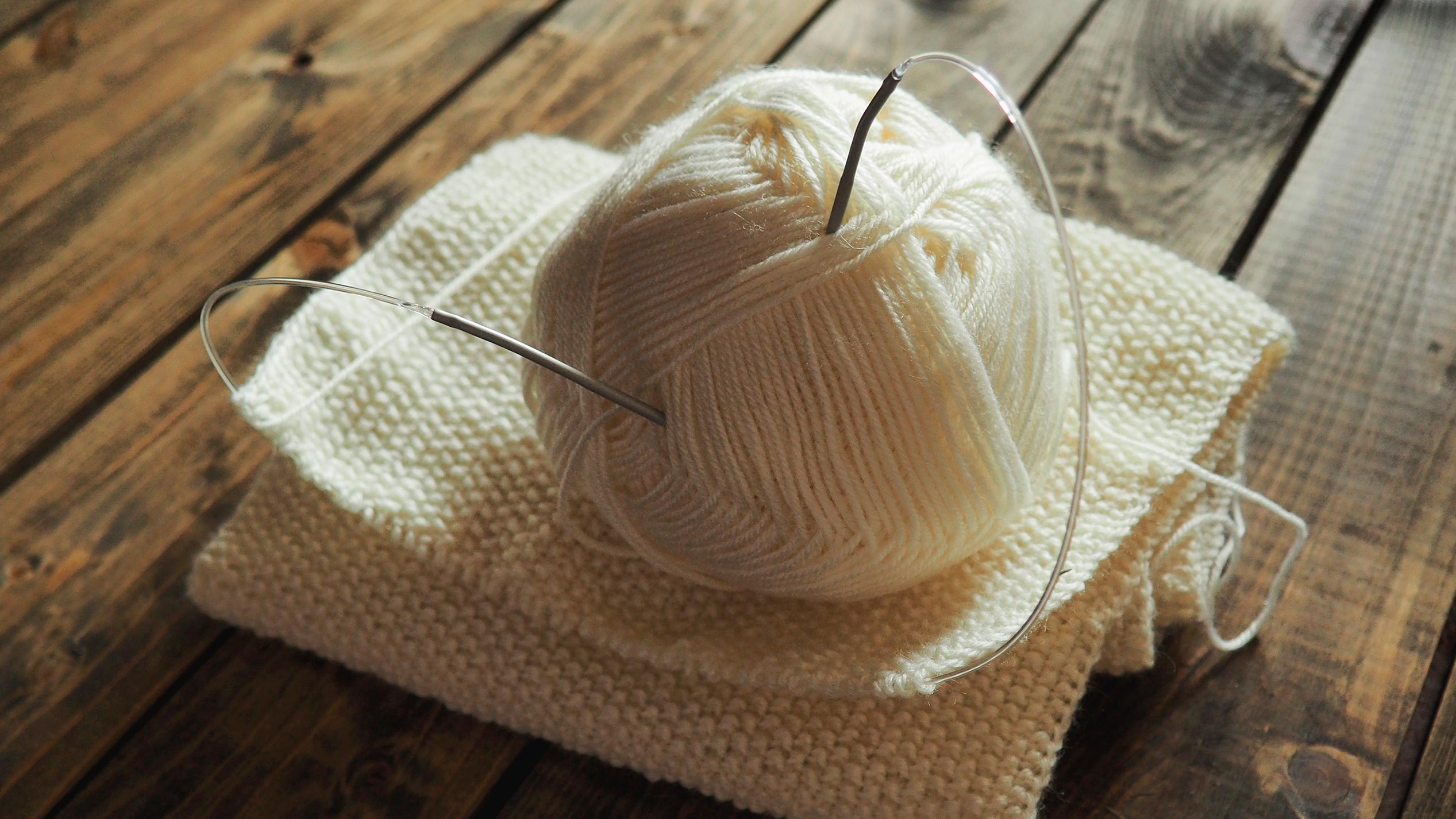
In this article we will give you some very useful tips to remove the pills from your woolen articles. They are often frustrating, and are specific to almost all wools and other fibres. Some pill more than others, such as cashmere. The only wool in the world that does not pill and that delights its users is alpaca wool!
2. The second way to deal with it is the one that everyone knows: the adhesive roller. Not only does it remove the hair from our clothes, but also the pilling. The roll is very easy to find in the clothing section of your supermarket and also very easy to use. Just peel the packaging off the tube and roll it over the fabric. If it no longer sticks, peel the sheet and keep rolling it over your clothes. You can also replace the roll with something that everyone has at home: a tape. By putting it around your finger, you can easily remove the stuffed animals by dabbing with the sticky side of the ribbon our sweater, scarf or other household linen fabrics
3. Hundreds of people tend to choose the tweezers, an effective method especially for stubborn pucks or those that are strongly attached. By removing them from a dry and precise movement with the tweezers and passing over them with an iron, our clothes will be like new again.
4. The use of velcro to remove lint is also very effective. Moreover, the anti-pilling brush, which looks like a simple hairbrush, but has a special soft pad to hold the pills, is similar to the surface of the velcro.
5. You can also pick up an old pantyhose, put your hand inside and rub it from top to bottom with nylon on the fabric. The bells will be stuck on the bottom.
6. Most wool specialists recommend using a lice comb or a baby hair comb. These have very tightly packed teeth and will retain unwanted pilling when you run them over your wool items. The trick here is to put your sweater flat and be careful when combing, for example. The comb is ideal for small damaged areas.
7. With sandpaper, sandpaper or the abrasive side of a sponge, the pilling goes away very easily. Simply tighten the fabric firmly and gently rub it with one of the products. Be careful not to insist on any particular area, as this could damage the fabric. This method is most effective when you want to remove the pilling from large areas, for example in the case of plaid.
8. You can remove the pilling with a razor. Simply grab a piece of your wool item to tighten it up, then gently pass the razor blade up and down over the damaged fabric. The small plushes will then be caught in the blade and the fabric will become smoother and cleaner. When using a razor, it is preferable to choose one with 3 blades. To reduce your chances of damaging the fabric, choose a razor with worn blades if possible
9. If you are confused about the razor blades, you can get the special electric razor pull available in store. This small anti-pilling machine has a removable collecting tray and the possibility to adjust the cutting height to 3 positions. This can be a real plus to achieve a stunning result.
10. The last and equally effective method is to simply use scissors. These are very effective when you have rather large pucks, they easily remove the longer fibers. It is recommended to combine the scissors with one of the above methods to reach inaccessible corners.
How to escape a fluffy jumper?
1. Forget the tumble dryer
To avoid the risk of shrinking your jumper, don't put it in the dryer, prefer natural drying because we know that the dryer has the unfortunate tendency to attack our clothes, which are mainly made of wool, by heating it while it is still wet. Air drying is much more recommended to keep the shape of your jumper and avoid unpleasant surprises. A good tip is to let it dry flat.
2. Take care of it
A woollen item cannot be washed in the same way as other items of clothing, so it requires a little more care and patience. To prevent it from being damaged in the wash, you can buy a special net for delicate clothes and choose a gentle or special wool programme that won't be too harsh but will clean the right way. You can also use a delicate soap before putting it in the machine to protect your wool.
3. The freezer
A method that seems simple but is effective. If you have a pilled wool jumper, you can put it in a freezer bag and put it in your fridge for an hour or two. When you take it out again, you can put it on just as soon. The cold of your freezer will set the fibres and prevent the wool from linting.
How to avoid pilling
Everyone knows that prevention is better than cure, so it is essential to pay attention to fabrics when interviewing them.
At BellePaga, we take pride in the durability of our products and in our advice on how to care for your items. We have put together a care guide for washing your items so that you no longer make the mistake of washing your items in the wrong way. After all, wool needs to be cared for! Before washing your wool, make sure you read the washing instructions label on each item. This will give you an indication of what you should do, as the producers of our labels add what you should do. They are the best people to advise you as it is their wool and their know-how. Moreover, with Alpaca wool you will not have any more problems with pilling because this wool does not pilling and is more resistant than any other wool. It is also easier to care for. It is not necessary to wash your product by hand, you can use the machine by washing at 30 degrees but making sure to be on the wool program or soft program you can also add the rest of your clothes to wash no worries at this level.
You can find in the information section the guide that explains in more detail how to wash your wool.
Discover our collection of Alpaca wool clothing and accessories as well as our wool balls.

